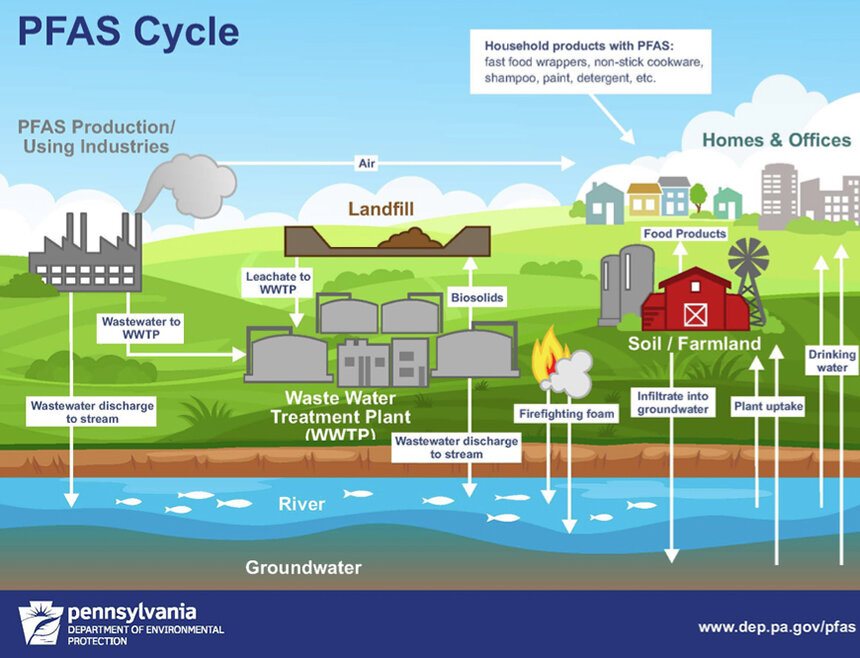Urban Forest Advocates Celebrate PVD Tree Plan
Initiative intends to put trees in low-canopy neighborhoods
November 15, 2021
PROVIDENCE — Saturday was a beautiful fall day to learn about trees. Organizers behind the PVD Tree Plan, a blueprint for addressing inequality in trees and green infrastructure in South Providence and in other city neighborhoods, held a celebration in front of the Juanita Sanchez Educational Complex on Thurbers Avenue. About 40 residents came out to learn about the initiative and hear firsthand from students and others on the need for more trees.
“The benefits of trees are not distributed equally,” Leandro “Kufa” Castro, program director for Groundwork Rhode Island and a member of the plan’s steering committee, said at the Nov. 13 kickoff.
The tree plan is a collaborative effort between the Providence Neighborhood Planting Program (PNPP), The Nature Conservancy (TNC), the Providence Parks Department, the city’s Office of Sustainability, Movement Education Outdoors, and Youth in Action. The partners will be conducting the first round of community surveys to find out what exactly residents of low-canopy neighborhoods need to build up their urban forests.
“We expect the plan might have recommendations to change ordinances about how we care for the trees,” said Sheila Dormody, director of TNC’s Climate and Cities Program for Rhode Island. “Ideas about funding and financing mechanisms to make sure we have the proper level of investment to achieve whatever our goals are for the plan.”
Tree inequity across Providence is well documented. The city’s Forestry Division in recent years has taken a street-tree inventory and conducted an urban canopy study, counting every individual tree and documenting how they are distributed in neighborhoods. The latest results show stark differences even between neighborhoods, even ones that are side by side. The city’s wealthier areas, such as Blackstone, have up to 50 percent tree canopy coverage. Poorer and more diverse neighborhoods such as South Providence and Washington Park have less than 10 percent tree coverage.
Urban forests are an important part of the local ecosystem. Such areas encompass any and all vegetation within the city, whether this green is in parks, cemeteries, backyards, playgrounds, college campuses, or along highways. Native trees and plants are especially valuable to maintaining wildlife, providing much-needed habitat for wildlife, including insects.
City trees also capture carbon to combat the climate crisis, retain stormwater to reduce flooding, and clean the air residents breathe. Trees are the first line of defense during the hot summer months by providing shade. They combat the heat-island effect — where urban areas experience hotter temperatures than outlying areas — and help save on energy costs by lessening the need for air conditioning.
“I’m really excited for this process to build on the city’s Climate Justice Plan,” Dormody said. “Having a more equitable tree canopy was one of the goals identified in the plan.”
Part of the process for the Climate Justice Plan was conducting surveys on what action items residents wanted from city officials. The most popular item by far was more trees and more vegetation across neighborhoods. The desire for trees is high in low-canopy neighborhoods, but that does not always mean thats where the trees are going.
“We need to make sure [trees] are going to these frontline communities,” Castro said.
He told the crowd a story of how he was part of an initiative to give 200 trees away in Pawtucket and Central Falls earlier in the year. The initiative got 100-plus requests from people “in the greenest part of the city.” He said that response illustrated the problem urban forest advocates have, of reaching the communities who need more trees the most.
Various programs exist across the city to give away more trees. The PNPP with the Parks Department plants up to 550 trees a year. Residents can request a free tree, and the bulk of the planting is done in April and October. PNPP teaches residents how to care for trees and the importance of the urban forest.
Providence isn’t alone in assembling a tree plan, other cities in recent years started to take their urban forests more seriously. Philadelphia is nearing the end of its yearlong process to draft its strategic urban forest plan. Boston launched its own plan earlier this year, and completed its first street tree inventory in September.
Community feedback and survey sessions are expected to start this winter and continue through March. In the spring, organizers plan to assemble a first draft of the plan, followed by more rounds of public outreach. The tree plan is scheduled to be finalized next summer. Plan organizers are hoping the City Council and mayor’s office will formally adopt the plan ahead of a planned launch in September 2022.



